OLD NEW TERRITORY WORLDWIDE
Many cities around the world suffer from housing shortages, water shortages, and limited opportunities to realize the energy transition. All of these cities have large grey driveways that cut through the city and often lead right into the middle of the city.
Green bridges can be built over these sealed grey car roads all over the world, on which living space can be created, water can be collected and transferred and photovoltaic as well as geothermal energy concepts can be realised.
Autonomous traffic on the bridges can create connections in the city that can transport people "door to door" and "on demand" quickly and above ground – not in tunnels underground. At the same time, building can be done in traditional or artful modern construction, using only sustainable materials: renewable, or locally available as a natural resource.
In this way, the city of the future can develop everywhere, uniquely designed, of course, depending on the character of the respective city, but nevertheless sustainably worldwide.
You can download the entire topic page OLD NEW LAND WORLDWIDE as a PDF presentation here - Presentation Old New Land Worldwide

The city of the future is green, humane and combines tradition with modernity
All aspects on the „innovation-bridges“ can be successively transferred to the existing city: Rainwater can be collected from the roofs along the bridges and used to green the city. More and more buildings next to the bridges can switch to heat pump technology and be connected to the underground geothermal probe and pipe structure: for heating as well as for cooling the buildings. Digital lines can be laid in the bridges as well, allowing significantly higher computing power to reach across the cities - similar to a bypass. And the power lines of the bridges can be similarly relieving for the urban power grid: They can conduct both the electricity of the bridges' own photovoltaic modules to energy storage systems and the volatile photovoltaic energy from buildings along the bridges.
Cities around the world face similar challenges, despite differences in geography
Creating affordable housing close to the city centre, improving the urban climate, water management, the urban energy turnaround - all issues that need to be addressed in the 21st century, worldwide.
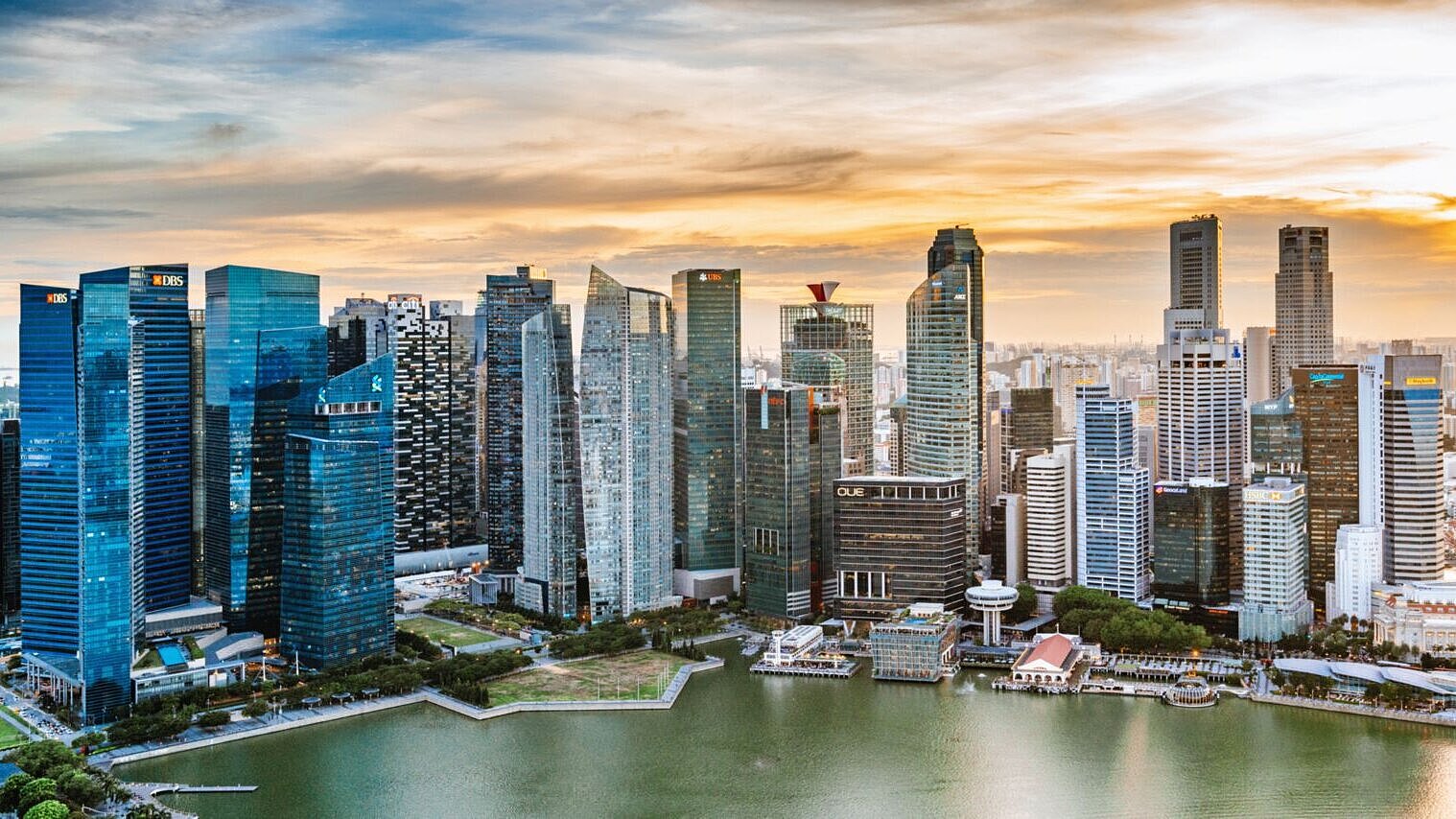
Singapore

Shanghai
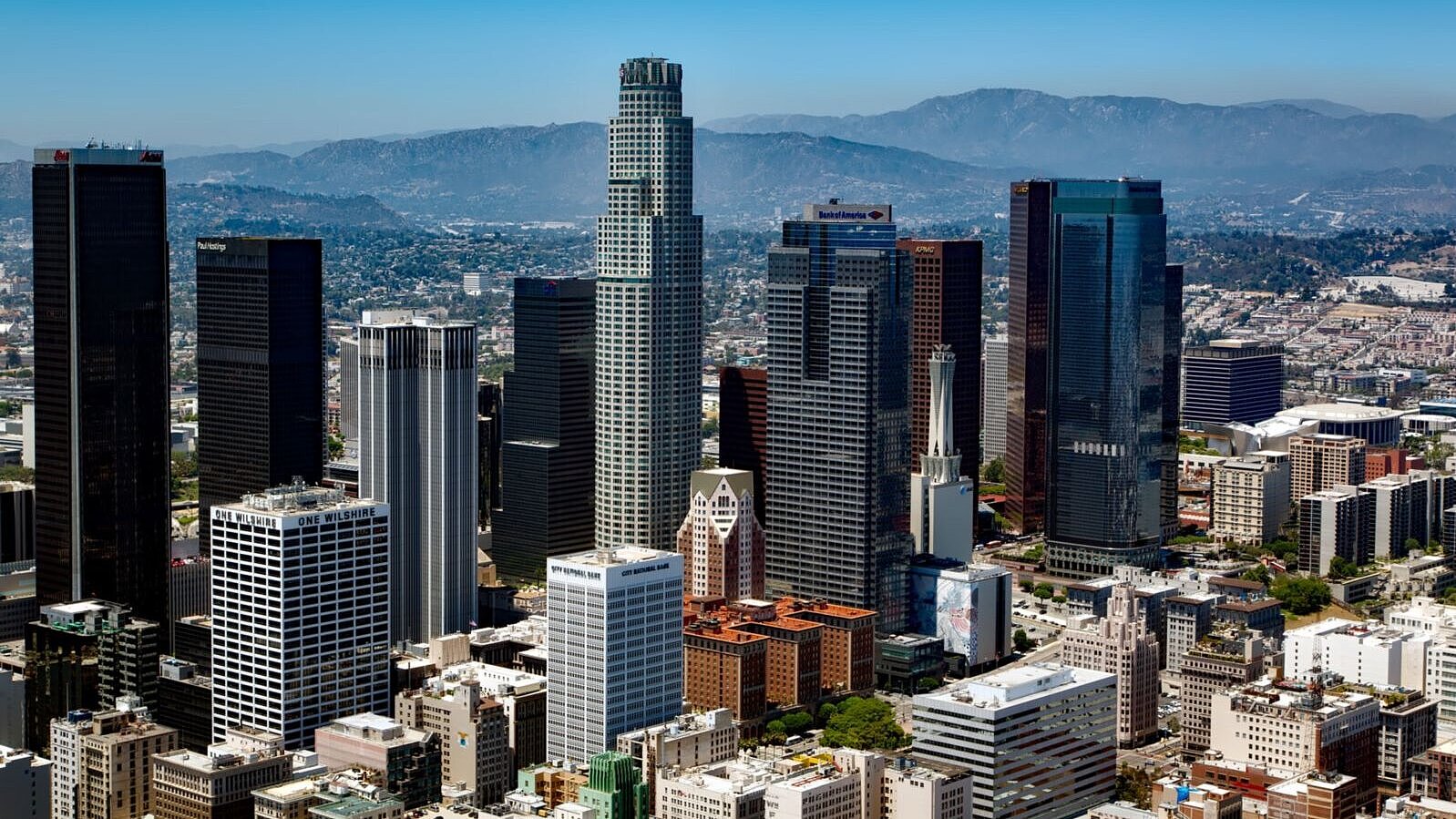
Los Angeles
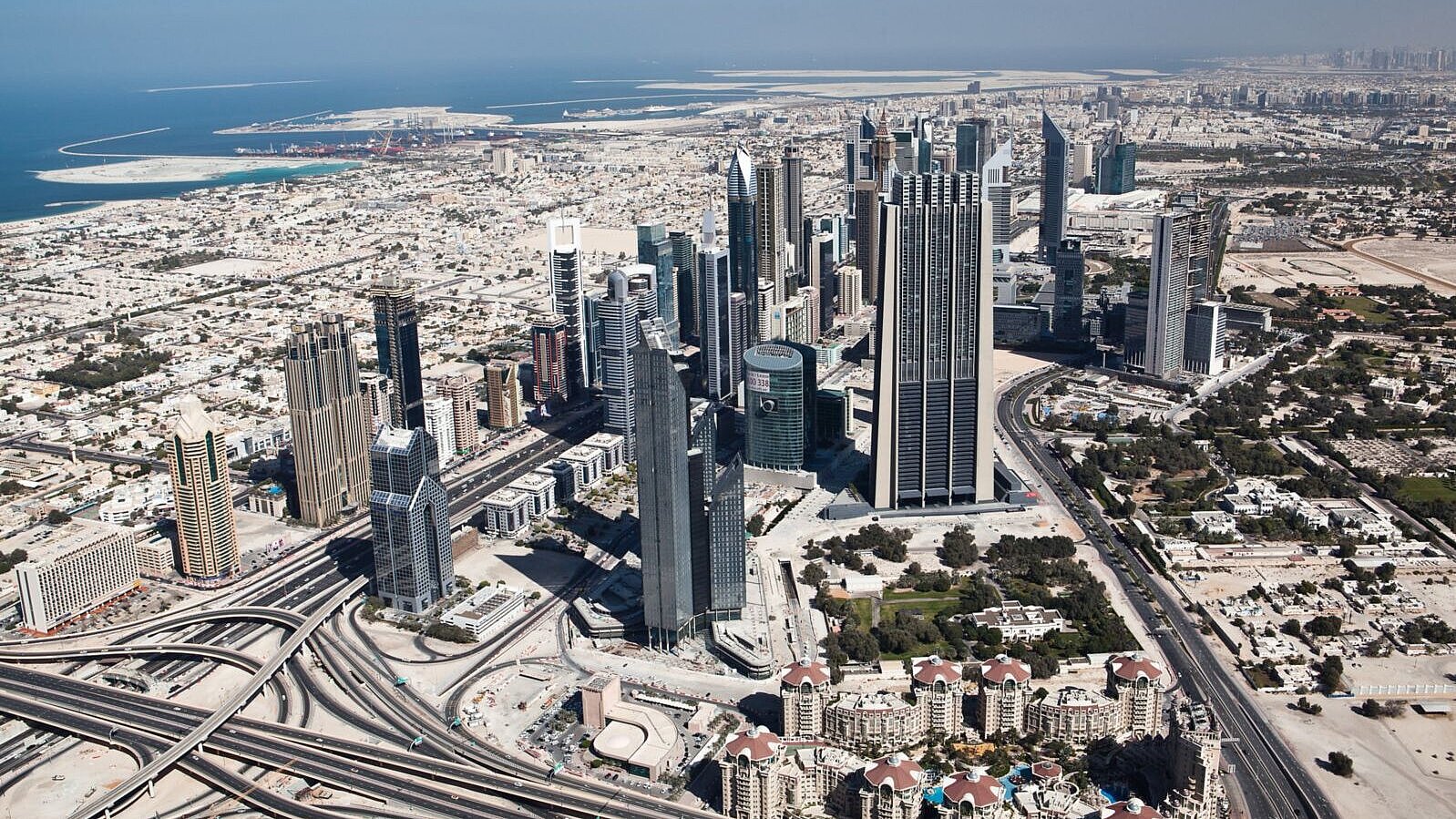
Dubai
For these existing cities, solutions must be found that can be implemented in the existing buildings and not only somewhere on a greenfield site.
Mostly, however, the city of the future is unfortunately planned or "reinvented" separately
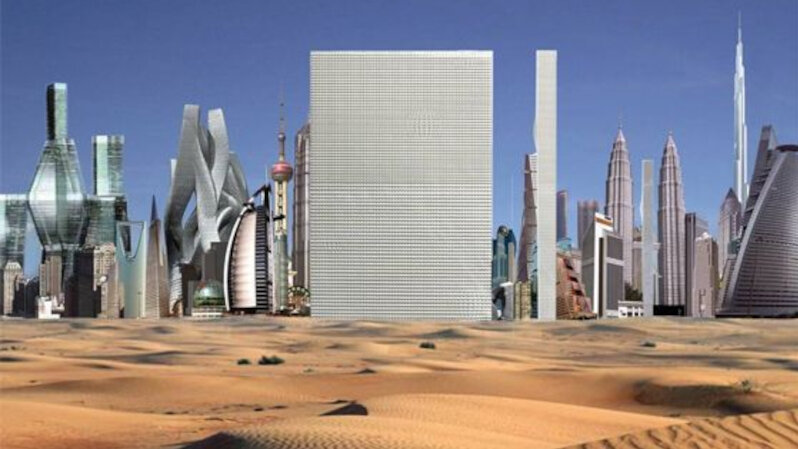
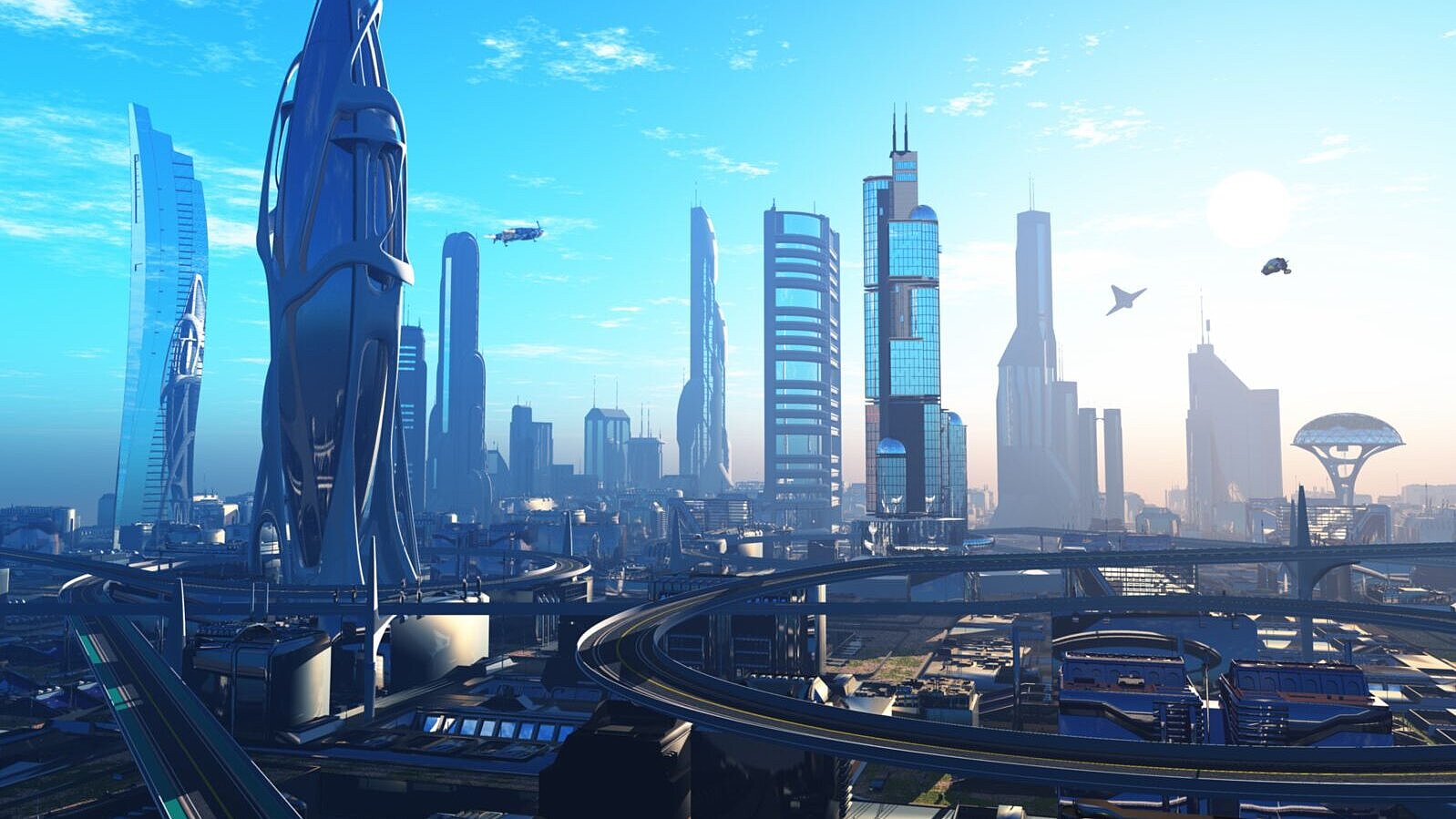

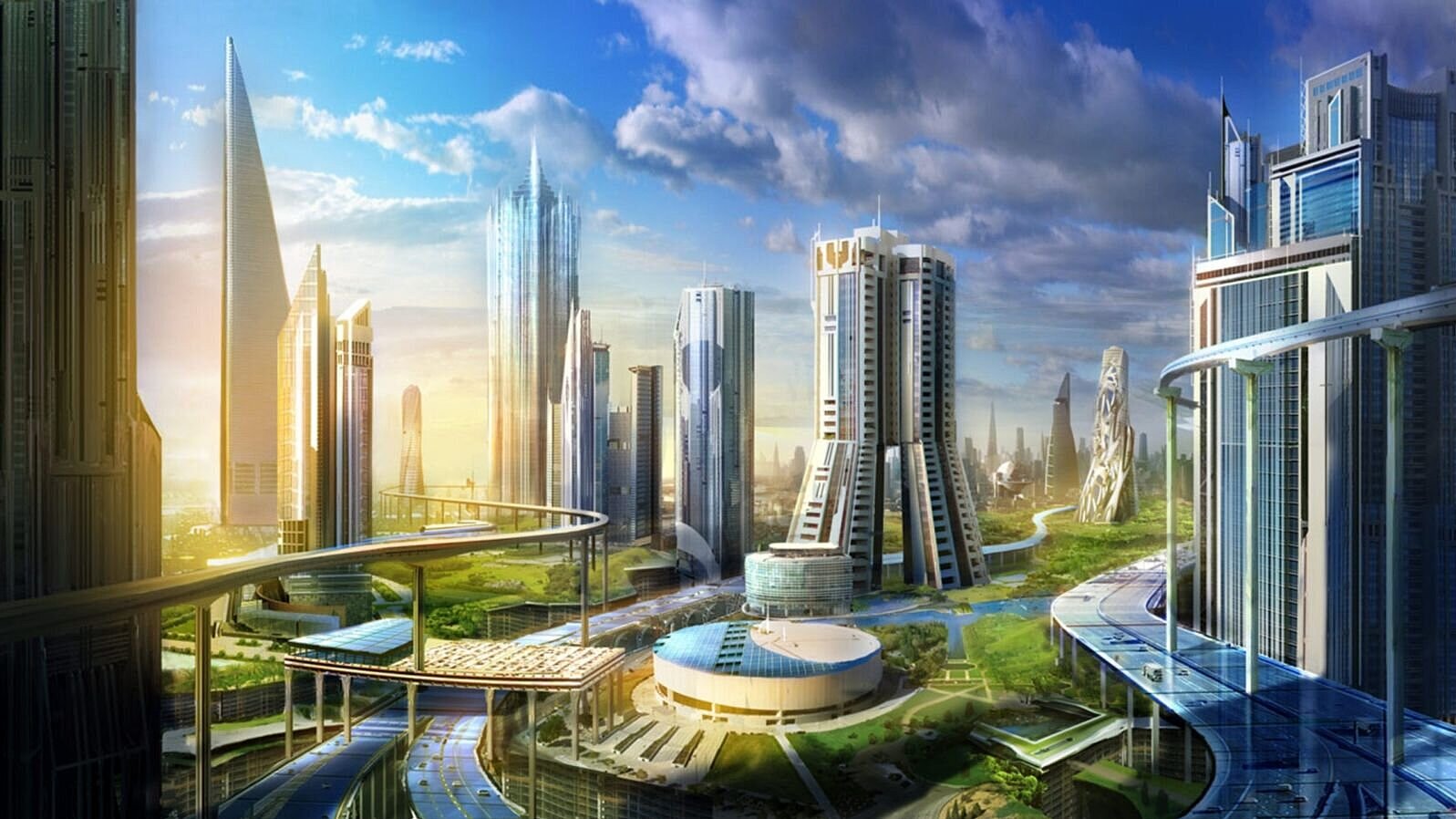
Many visions of the "city of the future" are a continuation of today's conurbation architecture and seem more threatening than "progressive" - and above all rarely humane
Even the positive aspect of a green building is counteracted if it becomes merely a postulate or a continuation of conventional conurbation-aesthetics - only with green design features
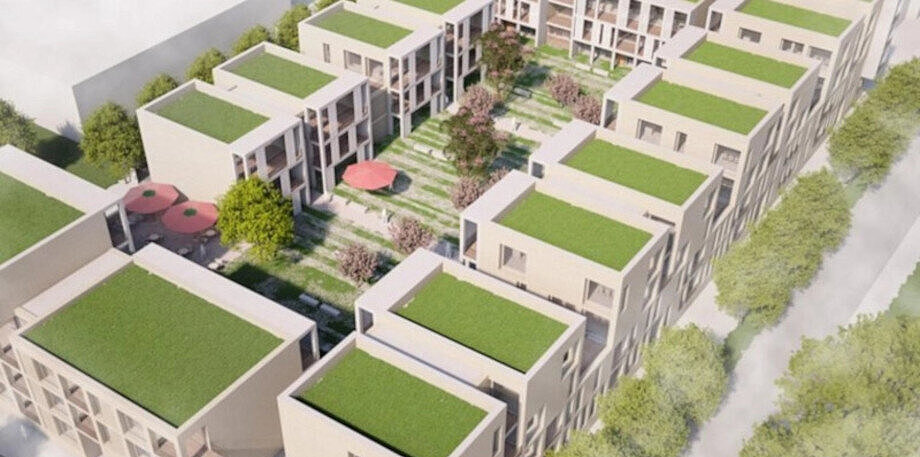
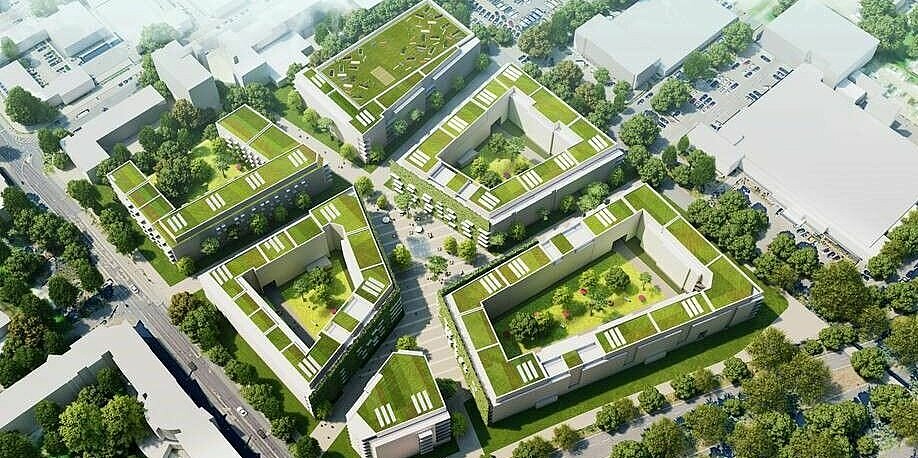

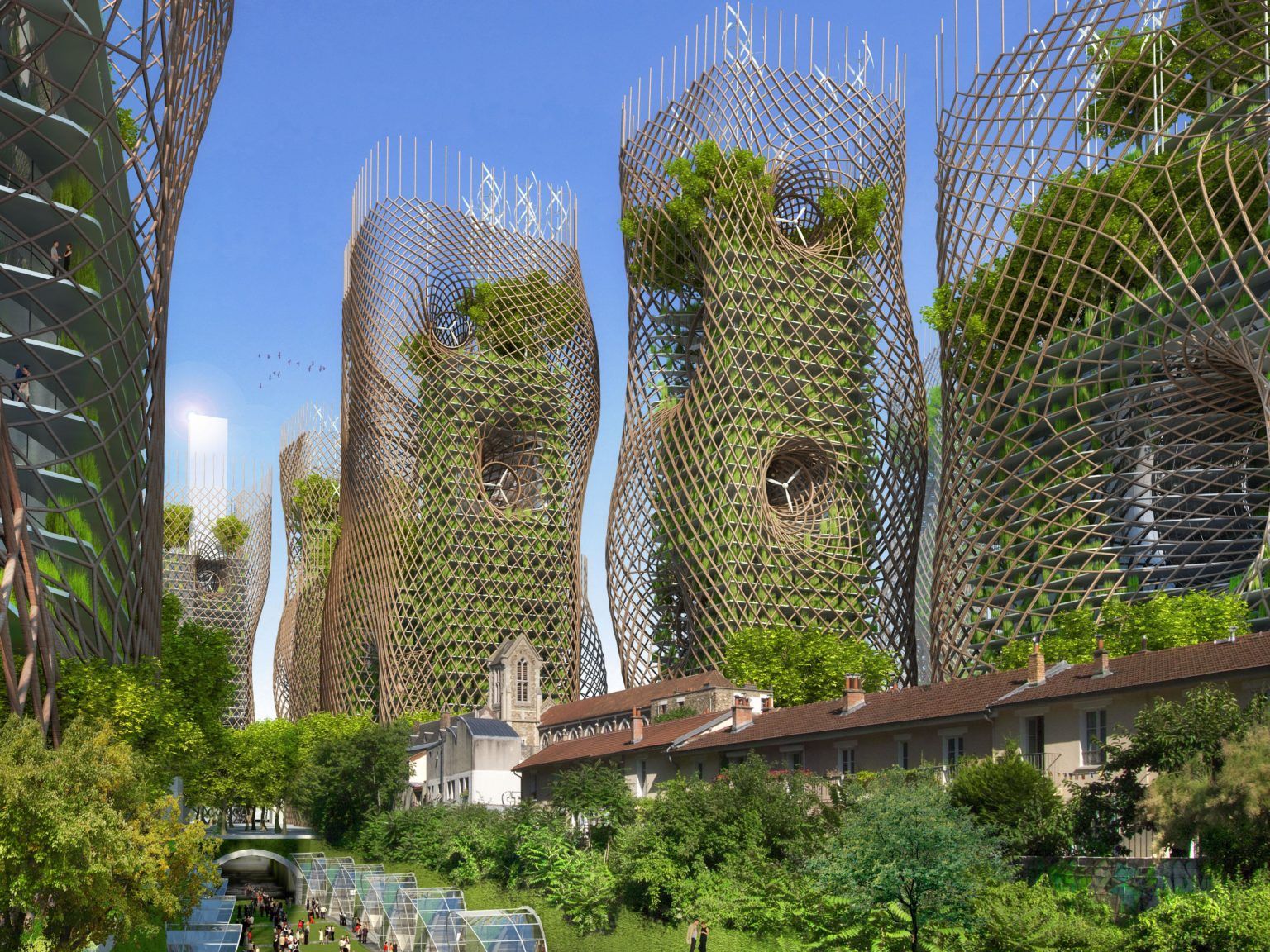
The solutions for the city of the future should primarily be realised in the existing cities, not somewhere in the surrounding countryside or by demolishing entire city districts
Cities are built up and inhabited, so it's hard to implement the innovations we need for a sustainable global future ex post. But in all cities around the world, there is a kind of "building area" that belongs to the public and runs through the cities: the airspace above the broad traffic arteries that can be found in every major city - no matter on which continent. The charm of the solution: the state can dispose of this "building ground" in the interest of society without having to take anything away from anyone - and it can do so close to the city centre.

Shanghai

Los Angeles

Toronto

Jakarta

New Dehli

Paris
In the foreseeable future, vehicles in inner cities worldwide will switch to electric or hydrogen power, turning the newly built-up innovation-bridges over motorways into quiet "prime site" neighbourhoods: That's why it pays to invest in traditional arts and crafts in these new high-value downtown locations
With the green innovation –bridges, beautiful Old New Territories can rise above grey large traffic highways.

The city of the future must solve a few urgent problems worldwide, as humanely and sustainably as possible. With a network of "innovation bridges" on a second level in the middle of the city, many challenges can be mastered – in the existing built-up area
Water
Most cities around the world want to add more urban greenery to their concrete landscapes, but do not have the water resources to do so.
Some cities -such as Singapore through the rainy season- have such large amounts of rainfall that it makes sense to explore all options for rainwater collection and storage, not only for irrigation of city greenery, but also for drinking water supplies.
A structure like the Frankfurt Bridges can be the key to success here, especially if the bridges can penetrate the city like a net and are thus able to collect and to distribute the water.
Energy
It is difficult to integrate photovoltaic surfaces in existing buildings, especially as the existing city power grids and their control systems are not designed to absorb, let alone store, the volatile amounts of electricity that are generated.
However, when building the bridge network in the city, aesthetically unobtrusive photovoltaics can be integrated into all suitable surfaces from the outset, together with the necessary control mechanisms and storage locations at the ends of the bridges.
The bridge pillars can be geothermally probed for heating or cooling, depending on the climate zone.
Traffic
The streets of many metropolises are overloaded. Especially in extreme weather conditions, masses of people prefer to drive door to door, so that traffic jams often occur and parking spaces are scarce.
Autonomously driving traffic could provide a remedy: it is more efficient and can reduce the number of vehicles in the case of car-sharing. But it cannot be implemented on our existing roads as long as the routes are not proprietary and only available for centrally controlled vehicles.
Autonomous traffic could be realized on the innovation bridges and corresponding control systems could be researched and optimized for this purpose.
An important factor for the city of the future: rainwater collection and transport to storage locations
There are two main points to consider for each city: (1) How well can rainwater be drained separately from wastewater, i.e. is there a combined sewer system or not? (2) Is it possible to store water by infiltration in the groundwater body or must other storage possibilities be found?

In order to save water, all cities with water shortages in summer should minimise evaporation when watering urban greenery by using subsurface irrigation
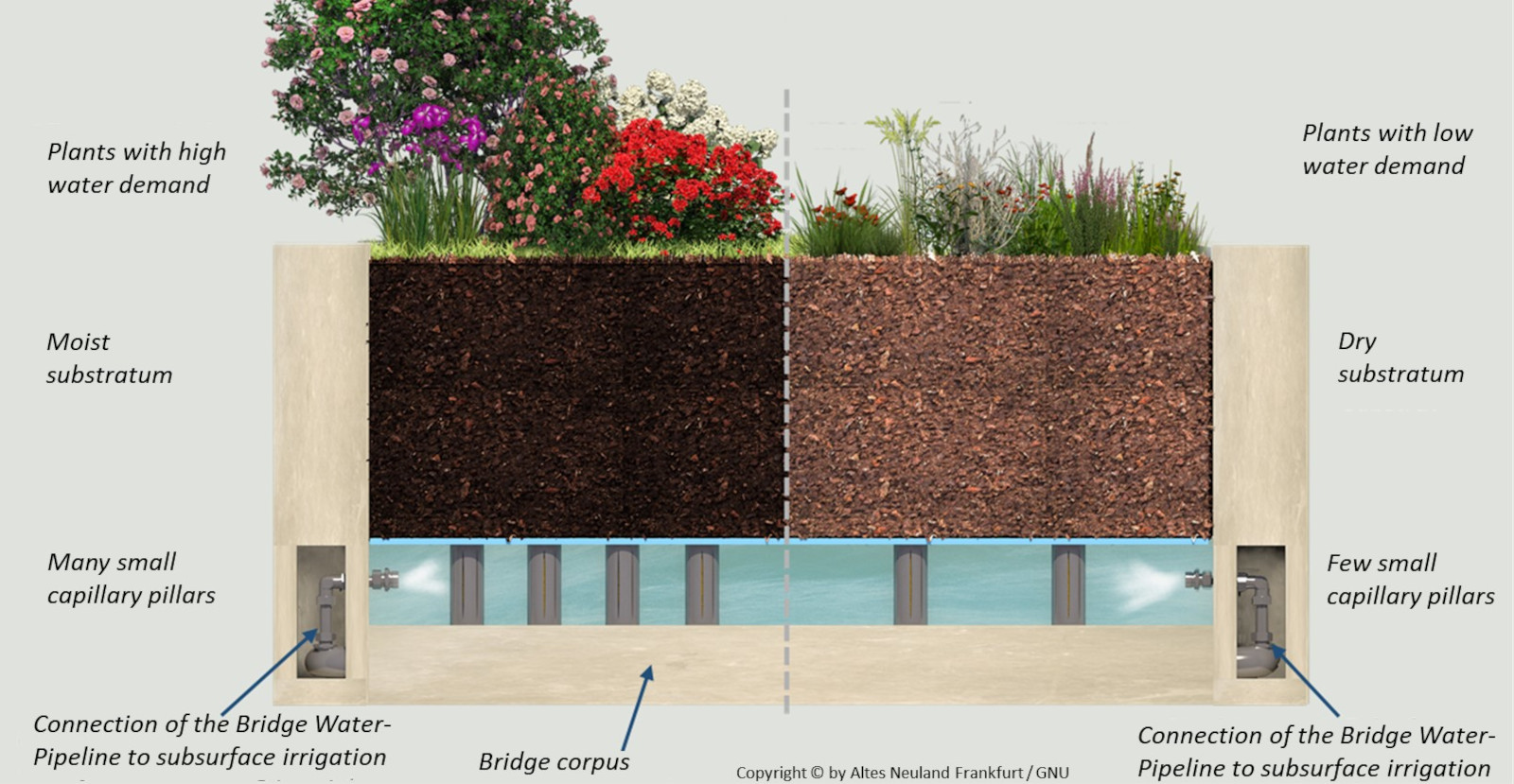
A colorful variety of photovoltaics can decorate facades as well as other areas in public spaces in all metropolises as soon as the control infrastructure for large amounts of volatile, decentrally generated energy is established: This becomes possible with the Innovation Bridges




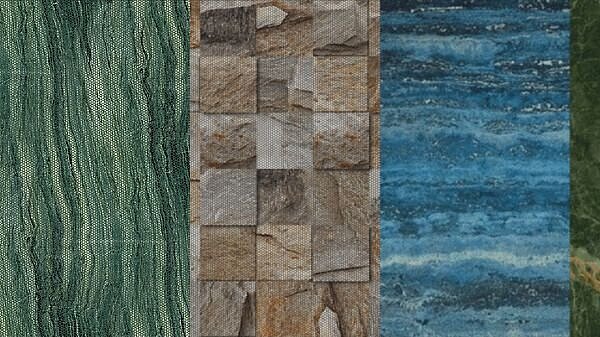
Another lever on the way to the city of the future: the use of near-surface geothermal energy - both as a source of heat or cold and as a thermal storage facility
On the one hand, the pillars of the innovation bridges themselves can be geothermally activated to transport the ambient temperature in the ground (up to 20, 25 meters deep) upwards (geothermal pillar); on the other hand, the fact that large parts of the road surface have to be renewed anyway can be used when building the pillars, so that "thermal borhole" fields can be created there before renewal of the road surface, which serve to store temperature deeper in the ground (up to 250 meters deep).

Conclusion: All metropolises worldwide need to solve similar issues for the future. Green Innovation Bridges along the lines of the Frankfurt Innovation Bridges can offer a humane and sustainable solution path
The space above the streets belongs to the public. Every metropolis can use this space for social and environmental challenges that are important for the future of its population without having to buy land from private owners.
If the space above traffic roads is built over, areas are created for research, local transport, housing, social services, greenery and all kinds of innovation.
These "innovation bridges" have the extraordinary advantage of hosting new neighbourhoods which they run from the metropolitan outskirts right into the urban centers, thus implementing the innovative structures not somewhere detached on a greenfield site, but exactly where the multitude of people already live and where many problems urgently need to be solved. Mankind will not be able to tear down and rebuild its metropolises worldwide in order to implement geothermal energy, rainwater collection, photovoltaic control, proprietary routes for autonomous driving traffic, etc. etc.; rather, solutions must be found that penetrate what already exists and take it along on the path to the future without destroying it.
Destruction of existing structures is not sustainable, anyway, since every new construction consumes enormous amounts of raw material and energy resources. Moreover, it is not sensible to take away the home environment of the people who live there, especially in the case of traditionally grown, historic or artisan-designed building areas, and also in the case of grown urban greenery - in any case not without at least having first thoroughly examined whether the building stock can be taken along on the way into the future.
Which aspects of the Frankfurt Bridges‘ innovation concept are suitable for the respective metropolis must be examined by feasibility studies conducted by local experts. Within the framework of the present study, only initial ideas and indications for some cities in various regions can be expressed.





